000619a Ichnographia Campus Martius 2110i45
2002.06.19 13:00
Re: dead languages
If you read a lot of architecture theory books or essays, every so often you come across an analysis/explanation of something Victor Hugo wrote about architecture and books. Here's an example from a quondam online source:
In Victor Hugo's Hunchback of Notre Dame Book V Chapter 2 is titled "This Will Kill That". Hugo tells how human history, pre-Gutenberg, was written in its buildings: huts and temples, pyramids and pagodas, tombs and towers. Now (as of the Fifteenth Century) he argues that the printing press and its products have taken over the rôle of recording knowledge. Faster, cheaper, more democratic --- and, with widespread proliferation of books, far more imperishable than architecture. Hugo says, "The invention of printing is the greatest event of history." True? Chapter 2 concludes with a summary of his thesis:
"Thus, to put it shortly, mankind has two books, two registers, two testaments: Architecture and Printing; the Bible of stone and the Bible of paper. Doubtless, in contemplating these two Bibles, spread open wide through the centuries, one is fain to regret the visible majesty of the granite writing, those gigantic alphabets in the shape of colonnades, porches, and obelisks; these mountains, as it were, the work of man's hand spread over the whole world and filling the past, from the pyramid to the steeple, from Cheops to Strassburg. The past should be read in these marble pages; the books written by architecture can be read and reread, with never-diminishing interest; but one cannot deny the grandeur of the edifice which printing has raised in its turn.
"That edifice is colossal. I do not know what statistician it was who calculated that by piling one upon another all the volumes issued from the press since Gutenberg, you would bridge the space between the earth and the moon --- but it is not to that kind of greatness we allude. Nevertheless, if we try to form a collective picture of the combined results of printing down to our own times, does it not appear as a huge structure, having the whole world for foundation, and the whole human race for its ceaselessly active workmen, and whose pinnacles tower up into the impenetrable mist of the future? It is the swarming ant-hill of intellectual forces; the hive to which all the golden-winged messengers of the imagination return, laden with honey. This prodigious edifice has a thousand storeys, and remains forever incomplete. The press, that giant engine, incessantly absorbing all the intellectual forces of society, disgorges, as incessantly, new materials for its work. The entire human race is on the scaffolding; every mind is a mason. Even the humblest can fill up a gap, or lay another brick. Each day another layer is put on. Independently of the individual contribution, there are certain collective donations. The eighteenth century presents the Encyclopædia, the Revolution the Moniteur. Undoubtedly this, too, is a structure, growing and piling itself up in endless spiral lines; here, too, there is confusion of tongues, incessant activity, indefatigable labour, a furious contest between the whole of mankind, an ark of refuge for the intelligence against another deluge, against another influx of barbarism.
"It is the second Tower of Babel."
Interestingly, the paragraph that follows the above addresses pretty much the same idea that I thought of last night:
"So does that put the Web into a better context? Is what we're now experiencing just a step or two more along the road that Victor Hugo identified in the move from the building to the book? And is the noise of the 'Net only an increment (though perhaps an order-of-magnitude worse) to the pandemonium that the printing press has already brought us?"
Actually, what I was thinking last night is more an inversion of the prior paragraph--last night I thought to entitle my post 'virtual [architecture] inversion'.
My thoughts where about Hypertext Markup Language (HTML) as now 'virtually' killing the book. Moreover, I was thinking how HTML manifests the 'structure' of virtual architecture, thus bringing back [reenacting?] an "architecture as delivery of content".
Robert Venturi in his latest theory regarding electronics and iconography upon a generic architecture is almost saying the same thing as far as architecture again being a delivery of content, but, for me at least, Venturi's theory becomes flawed when he admits to not knowing what the content should be. More than anything, what he so far fails to acknowledge is that iconography on buildings today, be it either electronic or not, is almost always advertising, advertising, advertising--essentially a very limited, narrowly focused delivery of content. Since 1999 when I did a large number of webpages utilizing the HTML 'marquee' tag, I've wondered if HTML might not be a better 'programmer' for the 'screens' that are now on buildings (as in Tokyo and NY's Times Square and Lehman Brothers Building). For example, if I were commissioned to design content for some real (generic) building whose 'skin' was an electronic screen, I'd propose a vast series of 'webpages' that act as a museum of architecture, thereby making the building, at least on the surface, a 'virtual museum of architecture.' I wouldn't necessarily be advertising Quondam, rather I'd be cloaking real generic architecture with many architectures. It wouldn't really matter what goes on inside the building because that will probably change from year to year, and the 'bulk' of the building's real architecture will be literally superficial and ironically really virtual.
I could go on and on, like pondering what kind of content I would propose for a hospital that had screen facades, or electronic/iconographic houses that change decorations by seasons or holidays, or even imagining the imaging of a house of ill-repute.
| |
2004.06.19 07:35
cloning architecture - a global search
The original Barcelona Pavilion was destroyed, and the pavilion that exists now very closely reenacts the original.
2007.06.19
Eikonic precursors
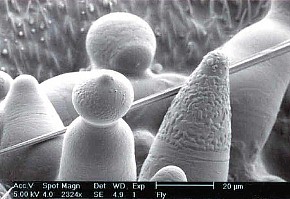
2005.12.08
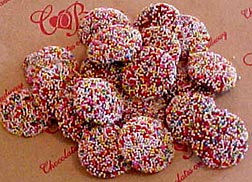
2005.12.08
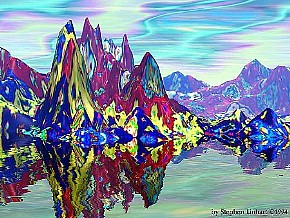
2005.12.09
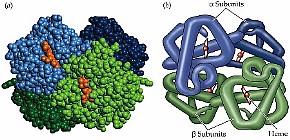
2005.12.09
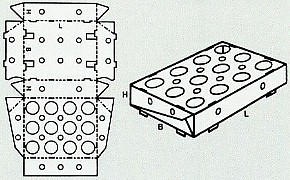
2005.12.09
| |
 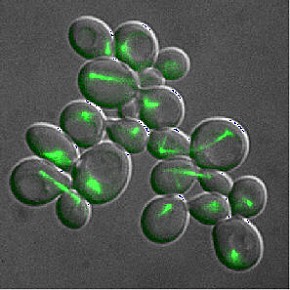
2005.12.11
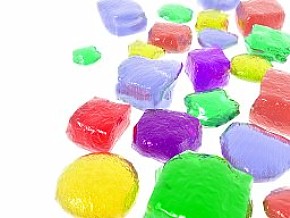
2005.12.16
| |
07061901 Ichnogaphia Campus Martius 2110i60
09061901 Domestic Museum Tower of Shadows plans 2419i16
12061901 Vanna Venturi House plan elevation 2182i01
12061902 Acadia National Park Headquarters Building plan 2204i02
15061901 DTM Philadelphia extended dtm NPApraksin District DTM Zone plans 3392ui27 b
15061902 IQ NNTC 2200x4400/4400x8800 grid 2392i100
15061901 Robin Hill Side by Side 2014
16061901 GAUA S17 IQ24 block inverted opaque
16061902 GAUA S17 IQ24 Cubist ICM infill 2429i202
17061902 Maison de Verre plans section elevation 2164i01
18061901 Domestic Museum IQ61 Hadrian's Villa image collection plans 2381i09 b
18061902 museum collection IQ39 Altes Museum Philadelphia Museum of Art Casa del Fascio Danteum Guggenheim Museum Museum of Knowledge Neue Nationalgalerie House 10: Museum Kimbell Art Museum Museum for Nordrhein Westfalen Wallraf-Richartz Museum Atheneum Neue Staatsgalerie Museum of Arts and Crafts Museum of Architecture Venice plans 2120i52
19061901 Arcadia Pavilion @ gaua01 site plan 1100x550 model 2258i03
19061902 House for Otto 6 @ gaua01 site plan 1100x550 partial model 2312i02
19061903 Duchamp Inn @ gaua01 site plan 1100x550 model 2387i04
19061904 Andalusian House 001 @ gaua01 site plan 1100x550 model 2451i08
20061901 Victims site plan work 225ki11
|